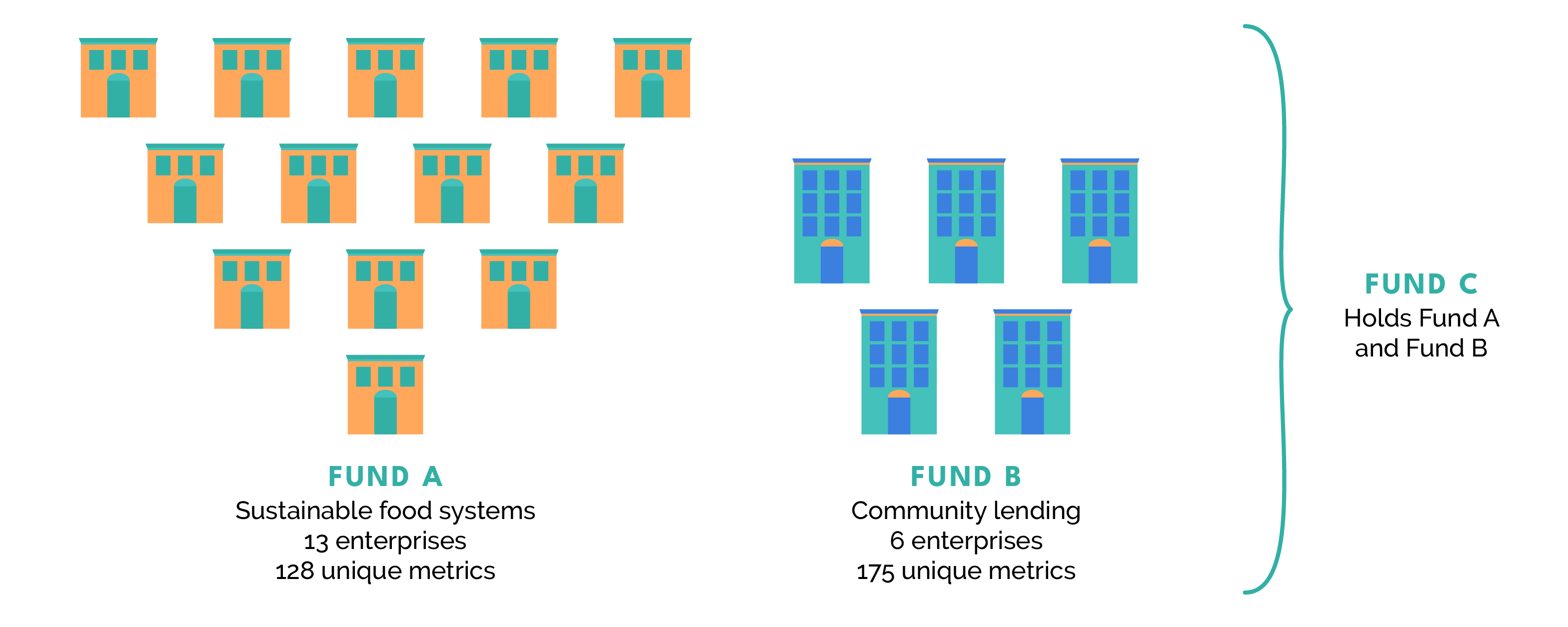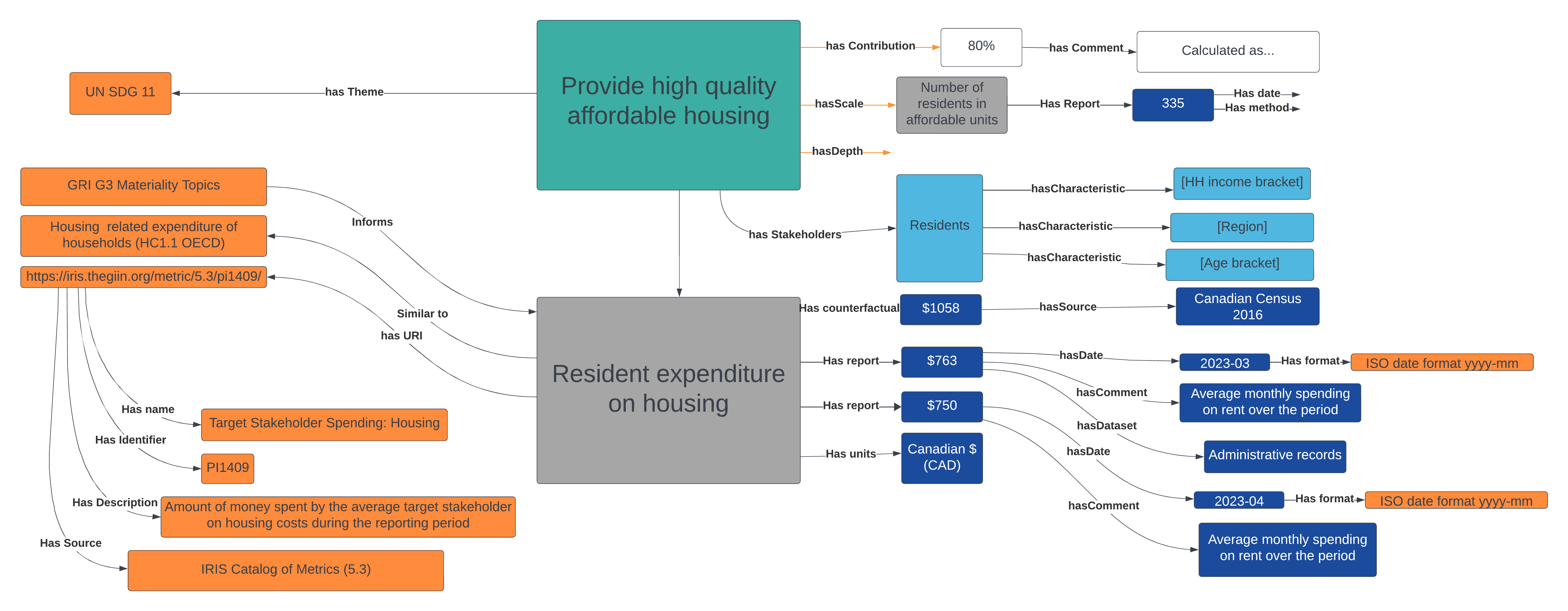New 'Common Impact Data Standard' hopes to become Dewey Decimal System of impact measurement
Why It Matters
Whether it’s clashing metrics from grantmakers and organizations or reporting to multiple funders, non-profits often say impact measurement is challenging. Many rely on spreadsheets, while others still use pen-and-paper methods.

Impact measurement is a shared challenge in both non-profits and grant-making organizations.
It’s also time-consuming.
Amid conversations about which metrics are most meaningful and which might best resonate with funders, there are also ongoing questions about how to make assessment processes more efficient.
“We’ve heard stories of organizations that, through a grant, had to learn a [new] software,” said Kate Ruff, executive director and head of research at Common Approach to Impact Measurement.
“They got the whole organization onto the software, and used it for five years while they were getting funding from a particular funder.”
“The funding ended, new funder, new software. All that data was gone,” she said
Early in her career, Ruff saw instances where grantees arbitrarily filled in data in funder reports, despite not actually collecting information about the metric the funder had requested.
The Common Approach team found that some metrics non-profits measured or were asked to measure by funders were similar to one another, related to or dependent on one another, or contributed to multiple impact measurement frameworks.
What the sector needed to understand these relationships was a universal code or translator, Ruff said.
Developed by data scientists at the University of Toronto and experts from different impact measurement standards, the Common Impact Data Standard is a way of organizing relationships between data points.
Coded into the back-end of impact measurement software systems, this data standard allows end users to view, aggregate and report metrics to multiple funders with different requirements, without needing to understand the science the standard relies on.
Several software providers in the impact measurement space, as well as non-profits that have developed their own custom software, have begun aligning their systems with the data standard.
Soon, intermediaries, wholesalers and organizations receiving investment through the federal government’s Social Finance Fund will also be required to meet the Common Impact Data Standard. This will affect 70 investors and approximately 2000 social purpose organizations.

However, Ruff emphasized that the Common Impact Data Standard doesn’t standardize the metrics non-profits and impact investors track.
Instead, it allows data to be organized in a way that protects the diversity and wealth of different indicators, particularly those favoured by social purpose organizations.
When data is organized in a spreadsheet, each record likely only appears once, with each metric within that record linked to the overall line item.
The Data Standard, on the other hand, uses an impact ontology, a way of linking and layering data points that shows the relationships between each metric, and how each metric could flow into various reports.
“If the impact measurement method was a building, think of styles, like brutalist and modern. The indicators or metrics are the paint and furniture. Impact measurement tools like software and spreadsheets are the lumber and the plumbing, and the impact ontology is the building code,” Ruff said.
“It’s way at the bottom. It’s boring, and yet so crucial.”
Why is impact measurement still burdensome?
Selling the importance of data collection and reporting to outreach workers can be challenging, said Alina Turner, co-founder of HelpSeeker Technologies and Mareto, a case management software aligned with the Common Impact Data Standard.
Some social purpose organizations also find that the metrics they are asked to measure and track aren’t most meaningful to their work, Ruff said.
As a result, non-profits often end up with reporting metrics that differ from those of their funders.
Ruff has also found not an absence of software, but rather an “overload” of different interfaces for different funders, meaning social purpose organizations have to dart between different platforms.
“The most immediate benefit [of the Common Impact Data Standard] is being able to port data between these things,” she said, adding the metrics non-profits consider important have to be prioritized in order to rebalance power dynamics.
Turner, who has studied homelessness and affordable housing, said her research is a good testing ground for the data standard because it intersects with many other social challenges and requires sharable and interoperable data.

Access to a shared understanding of impact could also improve coordinated responses from funders, and identify “service deserts”, she said.
For example, if an organization’s goal is to provide high-quality, affordable housing, that outcome could be broken down into multiple indicators of progress, such as the number of residents in affordable units and the expenditure on housing.
It could also feed into multiple impact measurement frameworks, such as the Sustainable Development Goals or IRIS+ metrics.
However, it’s still a colossal change for many funders, Turner said. They may be reluctant to coordinate their responses and investments by connecting the dots using data.
In an increasingly complex funding environment, grantmakers themselves are often looking to report their impact upwards to their own funders, Ruff points out. Data ontologies could also benefit them.
Restructuring data could save time and resources
The Data Standard proposed by Common Approach seeks to move the social purpose sector beyond spreadsheet-based reporting practices.
“A data ontology defines these relationships in machine-readable language so that the software platforms know that a metric can be associated with many outcomes, but that a given metric can only ever be associated with one time period,” they write.
“[Defining these relationships] ensures that when an investee sends data that has a metric associated with three outcomes connected to various SDGs and IRIS+ themes and categories, the investors’ software platform has a palace to store the metric, the outcomes, and the relationships between them.”
Both Ruff and Dan Lammot, co-founder and CEO of impact measurement platform b.world, liken this method of data organization to accounting standards.
“The irony of impact measurement standardization relative to accounting standardization is that one was enforced because transparency was really important and people couldn’t trust what corporations were doing,” Lammot said.
“This is more about learning and helping us move forward.”
Despite the Data Standard being ready, and the software providers aligning their code to it, both Ruff and Lammot emphasized that data collection, impact measurement and training require more staff.
“I think we initially underestimated the amount of guidance that people want,” Lammot said. “Even highly sophisticated organizations are seeking community.”

